Santa Fe 2-10-2 No. 1680 assists the 15 passenger cars and three diesels on train No. 19, the Chief, at Wootton, Colo., on the climb up Raton Pass on June 17, 1950. R.H. Kindig photo […]
Helping the Chief
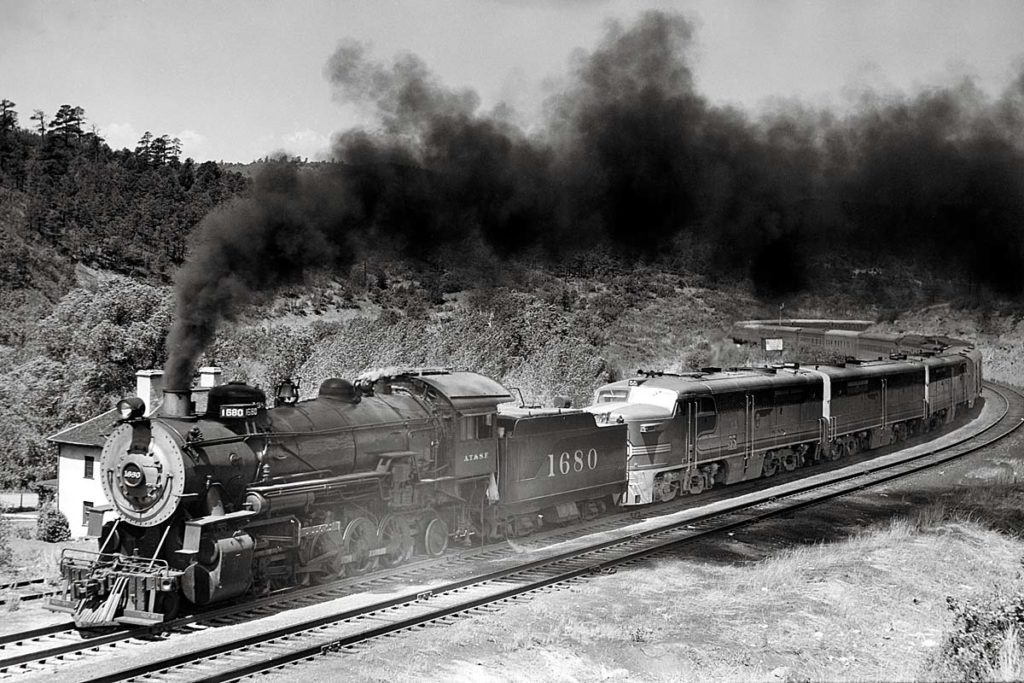
We’ve refreshed our site! Check out our new look.

Santa Fe 2-10-2 No. 1680 assists the 15 passenger cars and three diesels on train No. 19, the Chief, at Wootton, Colo., on the climb up Raton Pass on June 17, 1950. R.H. Kindig photo […]
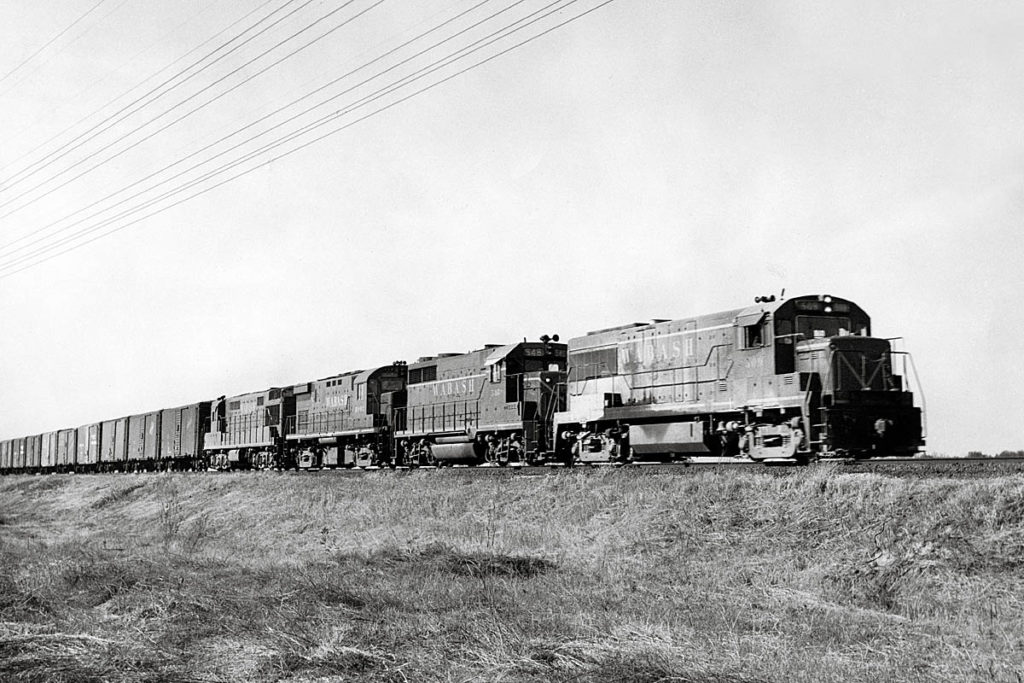
A General Electric U25B leads EMD, Alco, and Fairbanks-Morse units on Norfolk & Western train KB6 near Hull, Ill., in October 1964, just weeks after N&W leased the Wabash. J. David Ingles photo […]
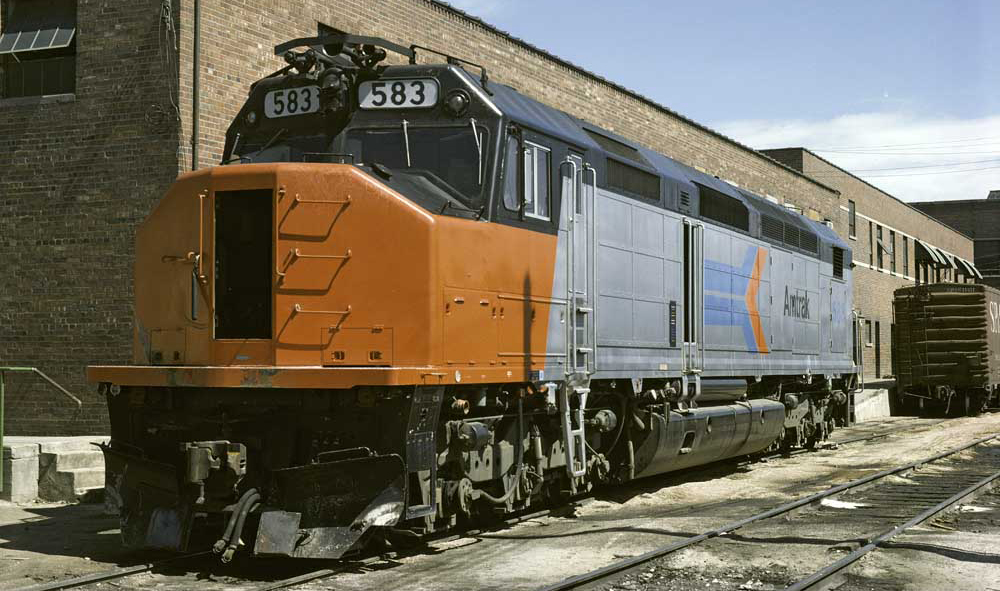
Amtrak SDP40F diesel locomotives were derived from the best-selling SD40-2 platform but were far from a success on their own. The SDP40F shared its 72-foot, 4-inch frame with the predecessor passenger unit FP45 from 1967. Internally, however, it was akin to a 3,000 hp SD40-2 with a steam boiler added. That should have been a […]
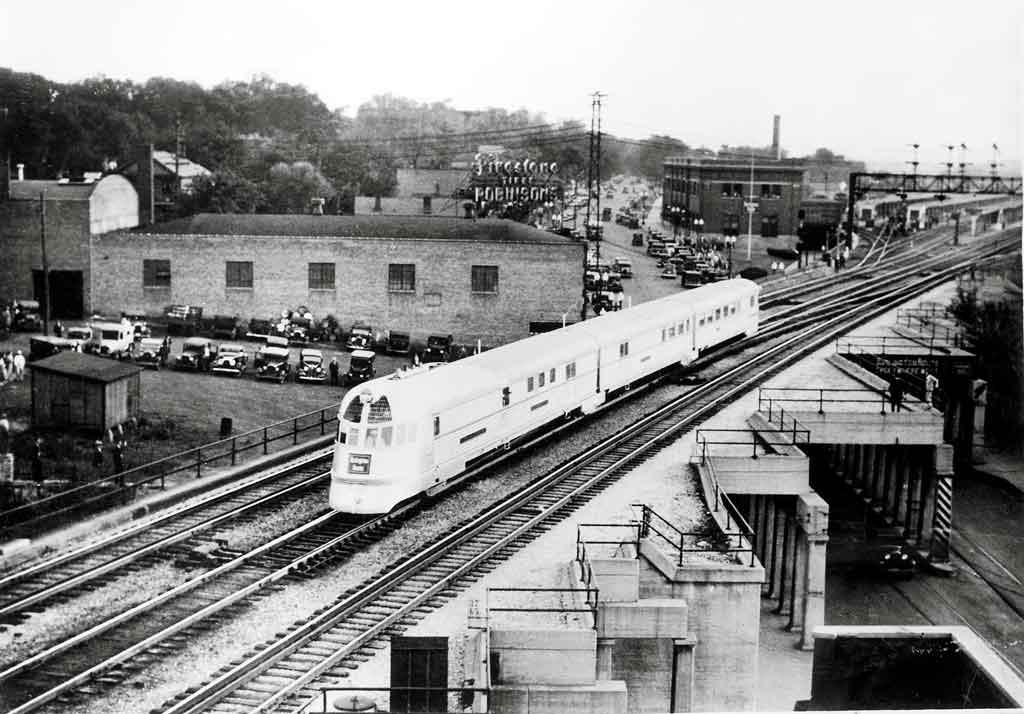
Burlington Route passenger trains are part of Classic Trains‘ editors’ celebration of the Chicago, Burlington & Quincy all through December 2024. Please enjoy this photo gallery of Burlington Route passenger trains selected from Firecrown Media’s David P. Morgan Library. Since October 2019, Classic Trains’ editors have celebrated a different Fallen Flag, that is, […]
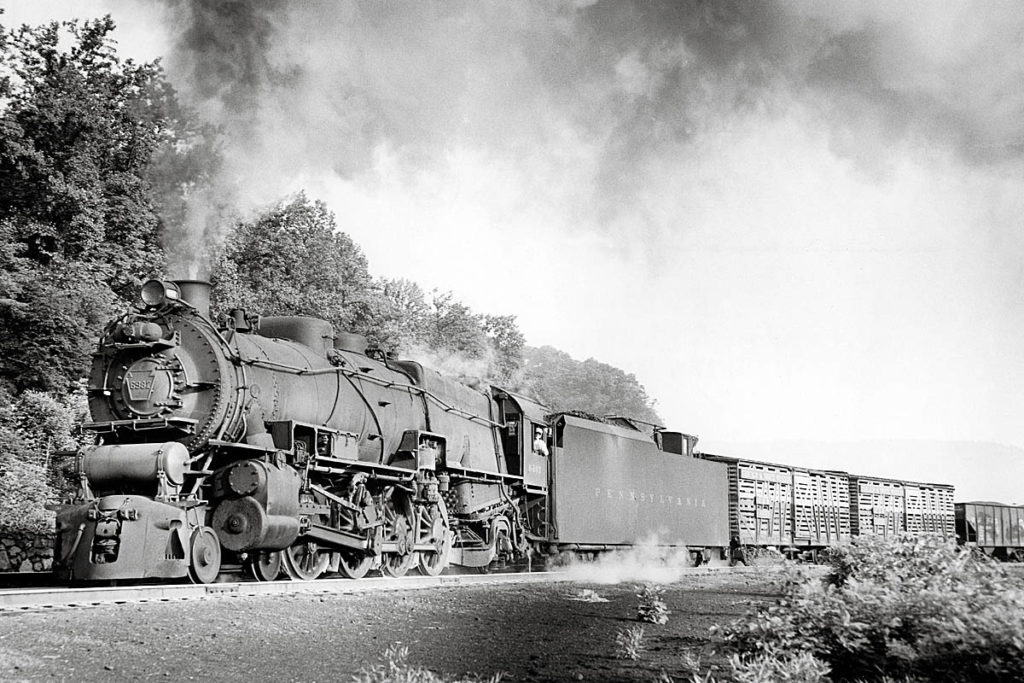
Pennsylvania Railroad M1 class 4-8-2 No. 6987 heads a freight toward Enola Yard near Harrisburg, Pa., in July 1955. The railroad had 301 such locomotives in the M1 and M1a classes built in-house and by Baldwin and Lima. Don Wood photo […]
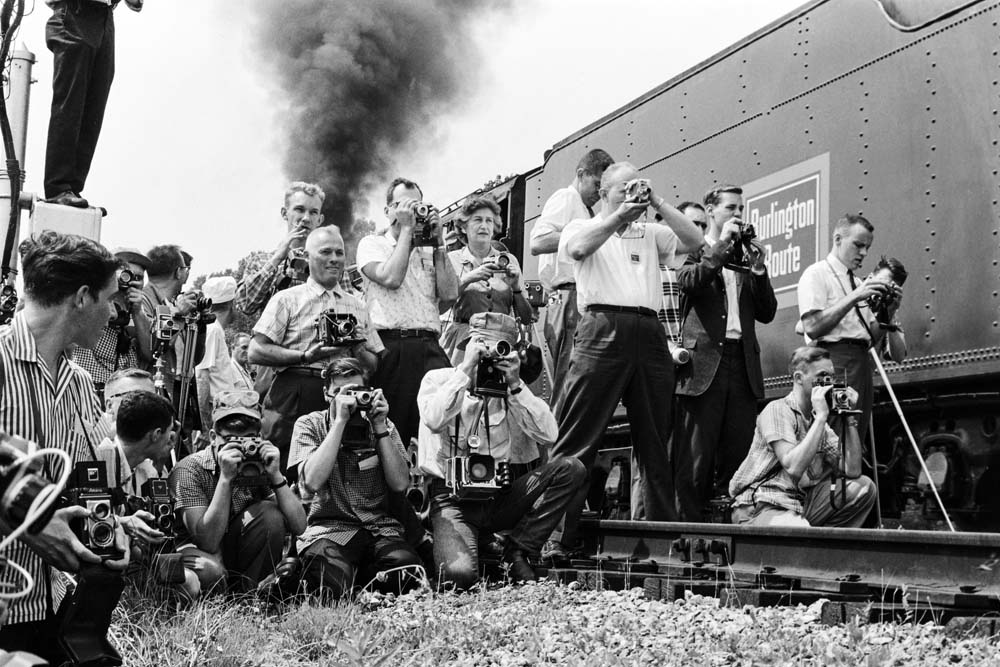
We all have “near misses” in our lives, and one of the biggest for me was the steam program of the Chicago, Burlington & Quincy Railroad, known best by the numbers of its two star locomotives, 4-8-4 No. 5632 and 2-8-2 No. 4960. Both were among a few saved after the Q dieselized and subsequently […]
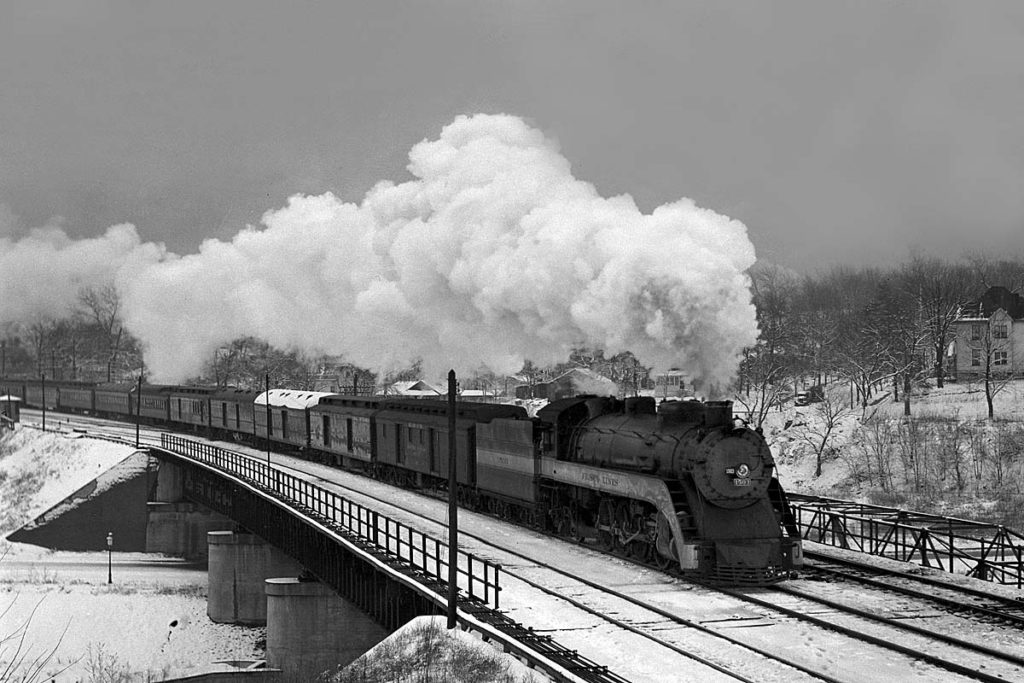
St. Louis-San Francisco 4-8-2 No. 1503 works train No. 3 at Southeastern Junction just west of Lindenwood Yard southwest of downtown St. Louis in December 1942. The railroad had 30 such locomotives built by Baldwin between 1923 and 1926 that served in both freight and passenger service. William Barham photo, Don Wirth collection […]
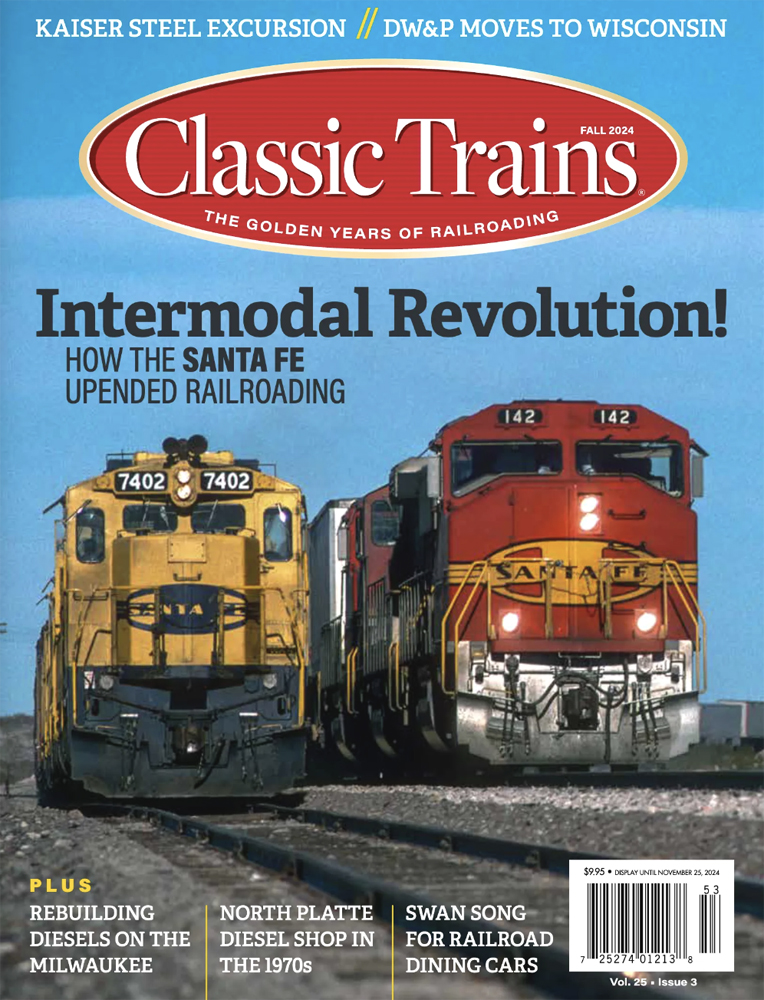
Welcome – The intermodal revolution Head End – A potpourri of railroad history, then and now Fast Mail – Letters from readers on our Summer 2024 issue Mileposts – Commentary by Kevin P. Keefe True Color – Contrasts at LaGrange Sequence – Milwaukee Road mail train Short Rails – East Jordan & Southern Classics Today […]
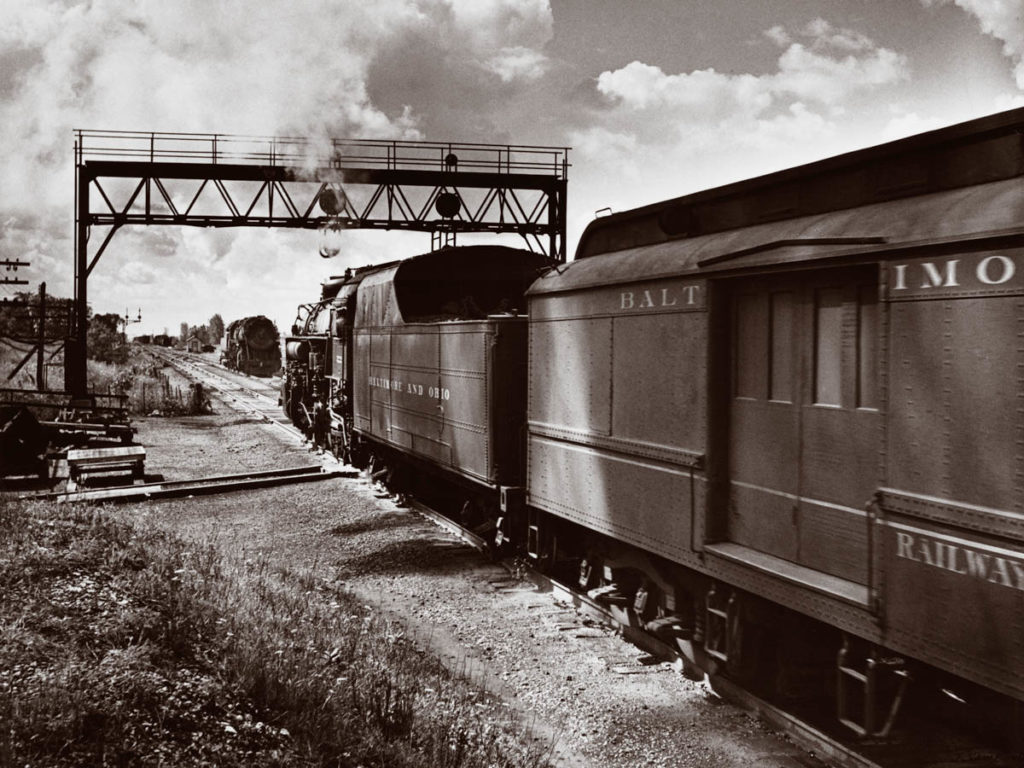
Baltimore & Ohio train No. 355, the Toledo–Cincinnati day local, passes under the home signals protecting the road’s Chicago Division diamonds as it pulls away from its Deshler station stop. Ahead, a 2-10-2 backs toward its train after taking water from the standpipe at the station. Wallace W. Abbey photo […]
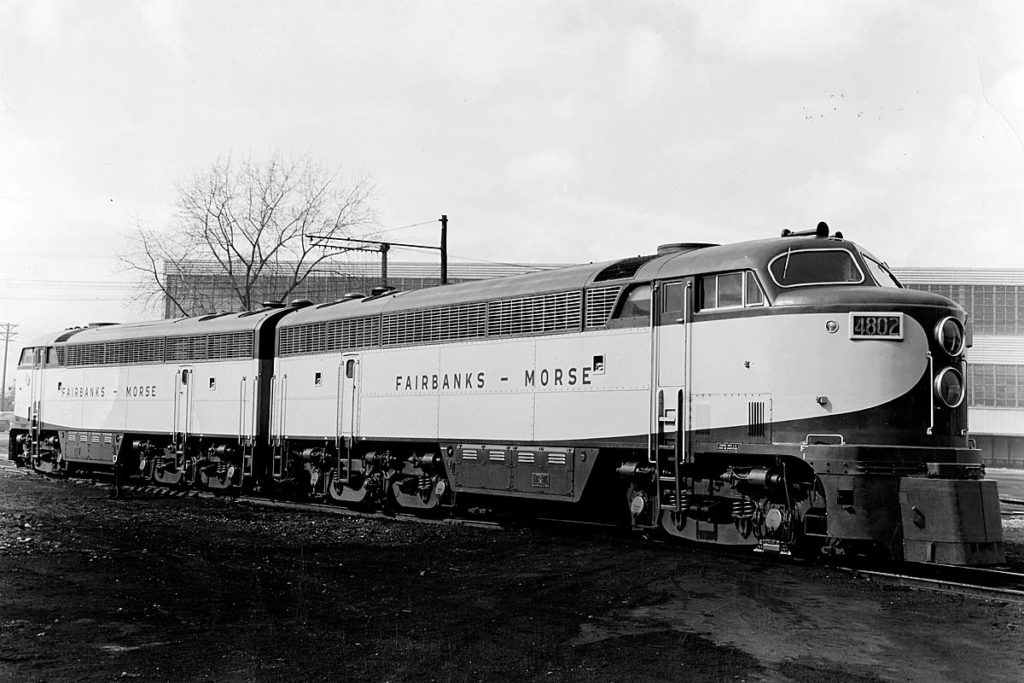
Fairbanks-Morse introduced its “Consolidation Line” of freight and passenger diesels in 1950. Available in cab and booster versions rated at 1,600, 2,000, and 2,400 hp, the line cataloged 14 models. These are CPA24-5 models with a two-axle truck up front and three-axle truck at rear. Robert M. Stacy photo […]
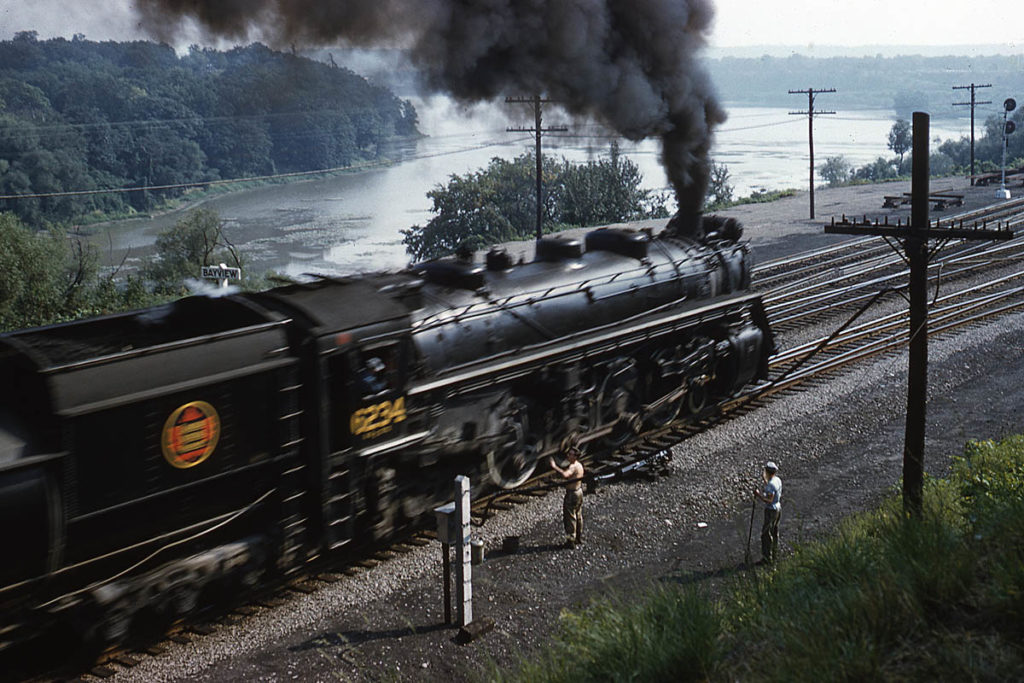
At Bayview Junction, Ontario, trackmen watch Canadian National 4-8-4 No. 6234 pass with Toronto–Windsor train No. 83 on August 29, 1958. The Northern has just backed its train from Hamilton to the junction and is gathering speed for the climb up the Niagara Escarpment. Art Weber photo […]
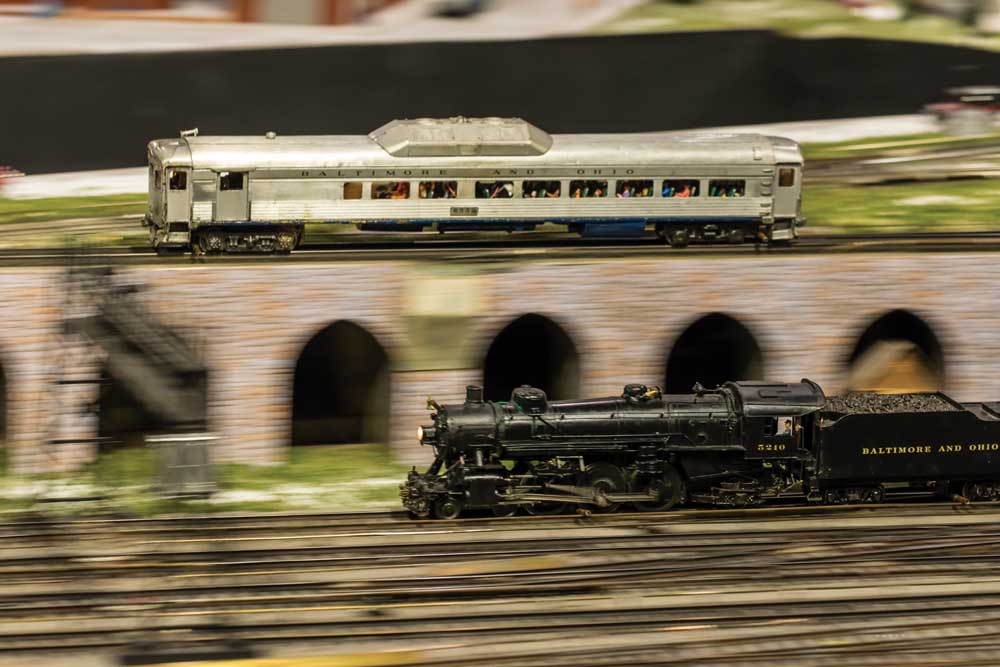
Years ago, it was not unknown for railroads to promote themselves via railroad models. This actually began in the toy train sphere of model railroading. Scale model railroading as a hobby emerged from toy trains, which began to come to prominence in the early 20th century. As evidence, I’ll cite the fact that Al […]